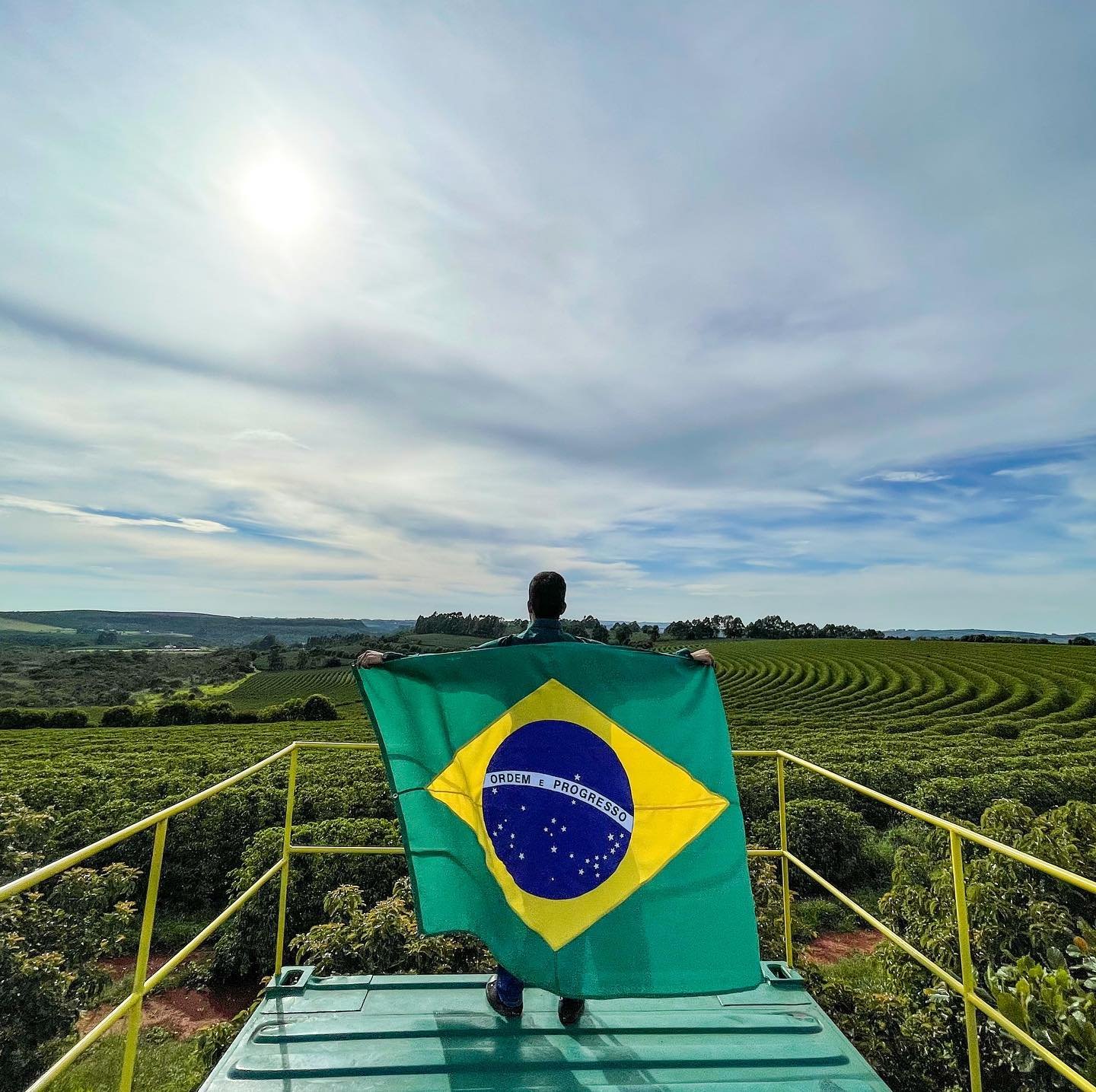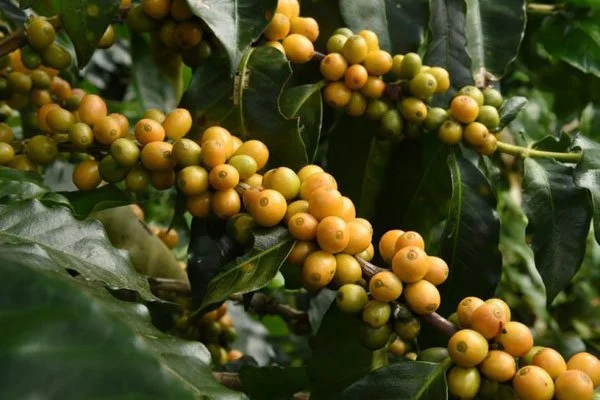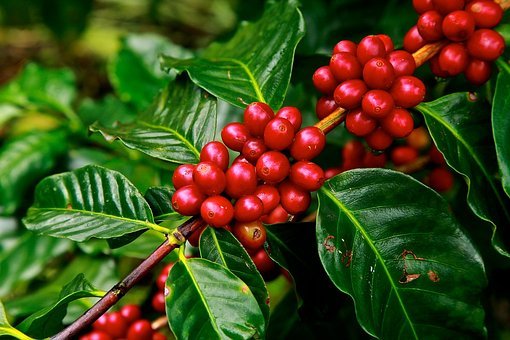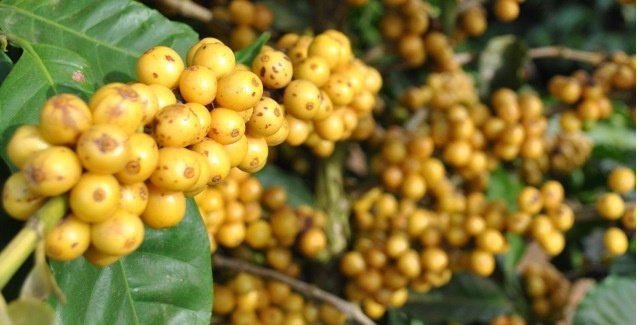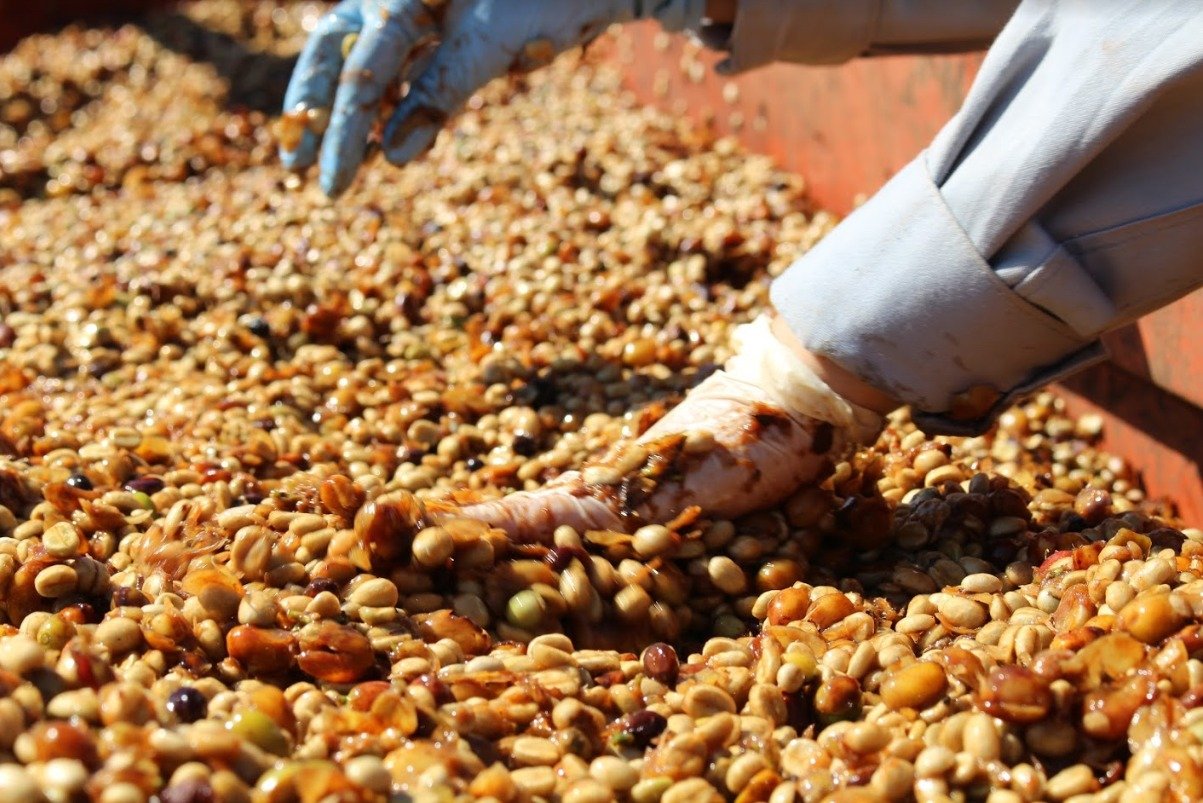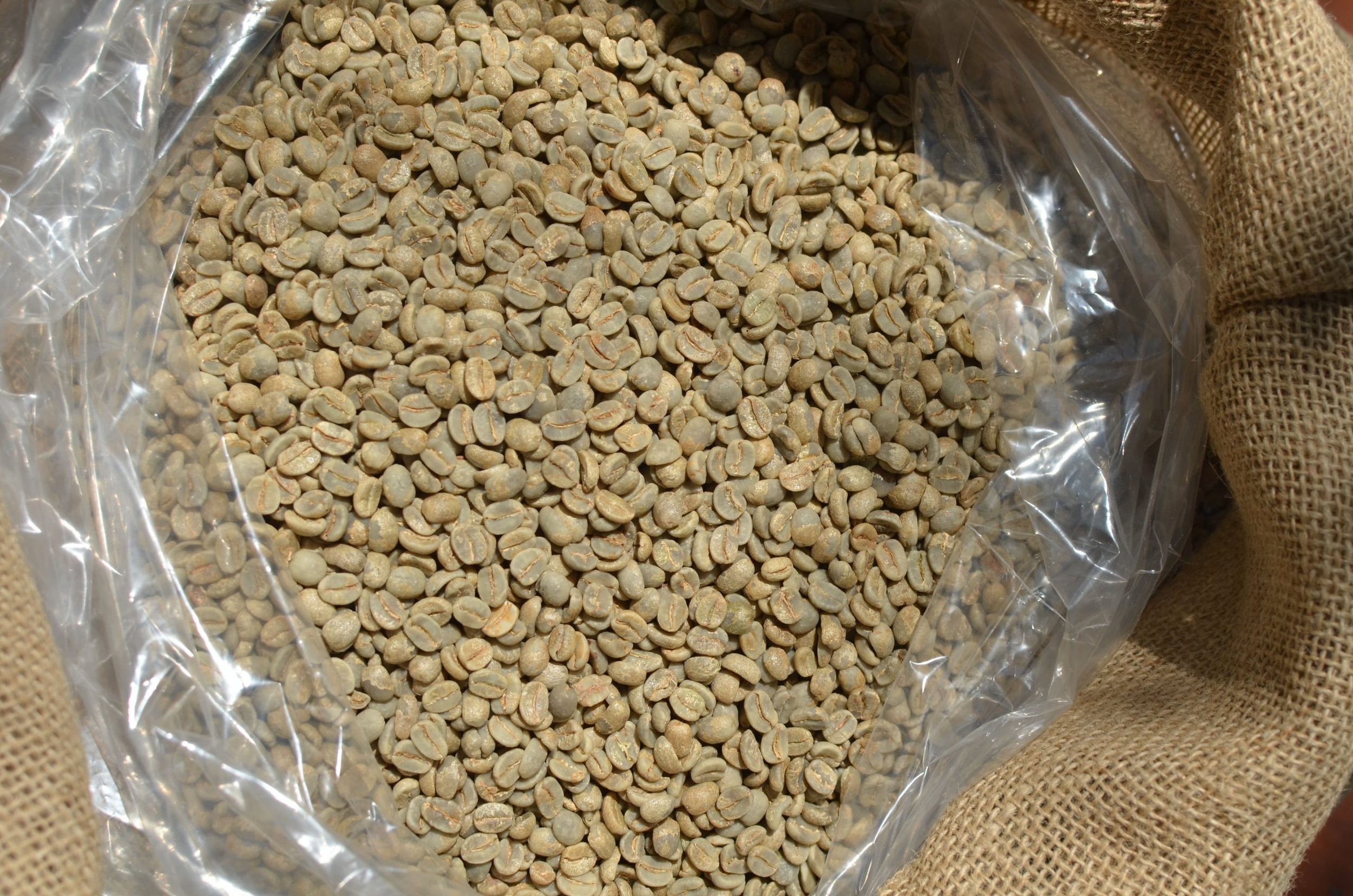
Discover the Finest Brazilian Green Coffees
We specialize in providing Brazilian specialty green coffee beans, connecting you with the unique flavors of Brazil. Our operations include spots in US, where our beans are stored in California and New Jersey. Additionally, we offer a selection of coffees still in Brazil, ready to be shipped worldwide.
Our Story
At Bean Belt Coffees, we’re passionate about connecting you to the heart of Brazilian coffee. From the fertile lands of Brazil’s renowned coffee regions to you, our journey is built on a dedication to quality, tradition, and innovation. Discover how our story began and why we’re committed to delivering the very best green coffee beans to roasters around the globe.
Sustainability and Traceability
We believe in sustainability as a way to honor Brazil’s rich natural resources and support our farming communities. From eco-friendly farming practices to complete traceability of every bean, our producers are committed to leaving a positive impact on the environment and future generations. Learn more about how sustainability is at the core of everything we do.
Warehouses
With warehouses conveniently located in New Jersey and California, we ensure quick and efficient delivery across the U.S. We also offer global shipping options, making it easy to bring you the best of Brazillian green coffee.
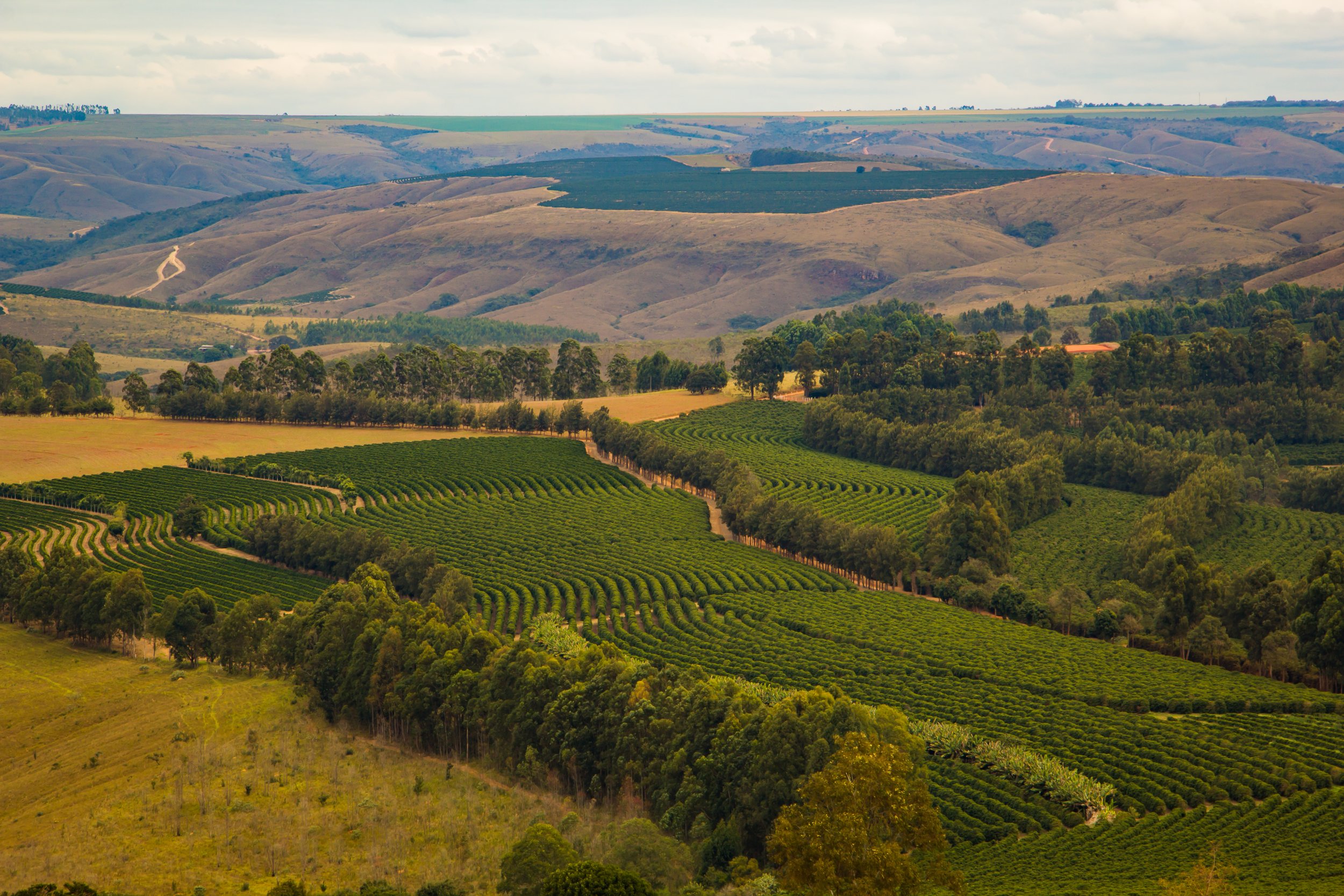
Explore Our Featured Coffees
Now in 5, 10, 15, 50, and 70 lb boxes.
Natural Catuaí
Fruity, blossom, honey, chocolate, sugar cane, molasses.
Natural Catucaí
Chocolate aroma, caramel and chocolate flavor, mild acidity, creamy body, short finish.
Natural Bourbon
Dark chocolate, molasses, sugar cane, almonds.
Natural Arara
Chocolate, Coffee Blossom, Brown Sugar, Spices, Creamy Body, Sweet Finishing.
Natural Topázio
Chocolate, caramel, floral, wine, orange blossom, dried mango, sunflower butter, honey.

